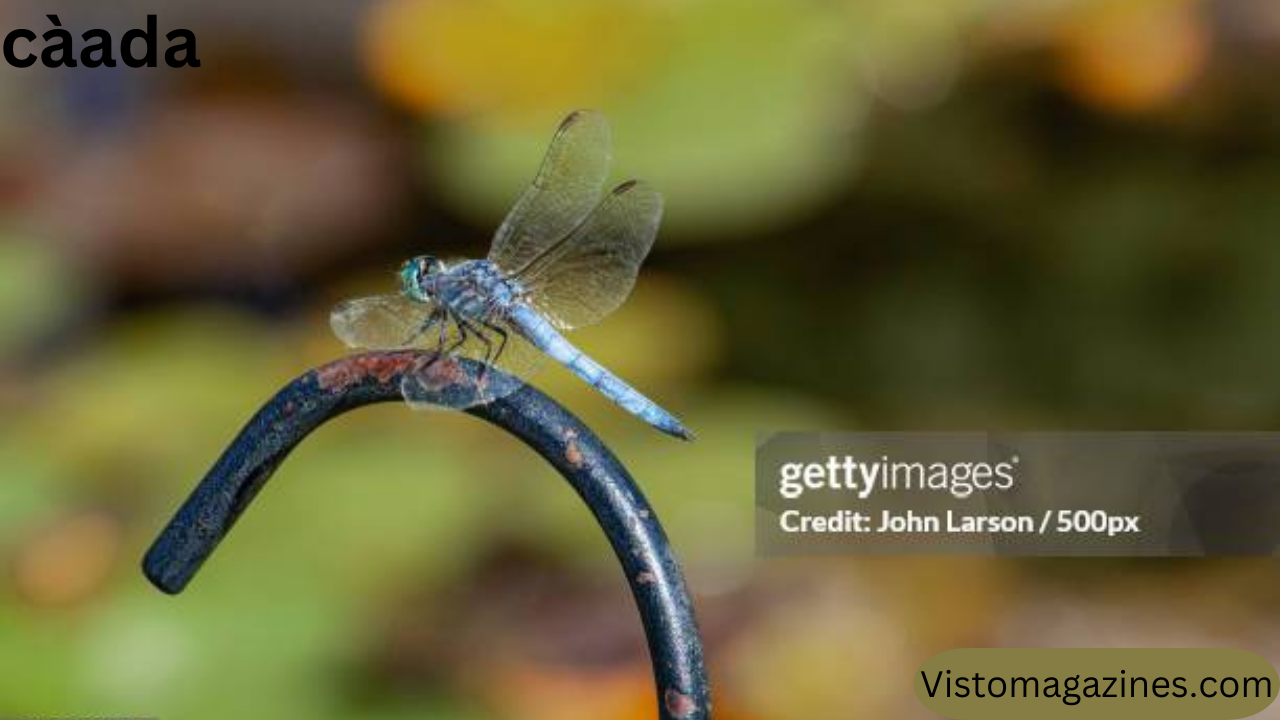Tñacuache: The Fascinating Opossum of Latin America
The term “tñacuache” is commonly used to refer to the opossum in Latin American countries. This intriguing creature, which inhabits diverse ecosystems, holds a significant place in local folklore and ecological landscapes. In this article, we will delve into the world of the tñacuache, exploring its biological characteristics, habits, cultural importance, and the myths surrounding it.
Understanding the Tñacuache: A Glimpse into the Opossum’s World
The tñacuache, scientifically known as Didelphis marsupialis, is a marsupial native to the Americas. It is most commonly found in Central and South America, where it thrives in forests, jungles, and urban areas. The word “tñacuache” is derived from indigenous languages, with the term often used to describe the opossum in various regions of Latin America.
Tñacuaches are nocturnal animals, which means they are primarily active during the night. They are known for their adaptability and can be found in diverse habitats, ranging from rainforests to cities. While their natural home is the wild, tñacuaches are often spotted in urban environments, scavenging for food and shelter.
Physical Characteristics of the Tñacuache
Tñacuaches are relatively small to medium-sized animals, with adult specimens measuring between 40 to 50 cm in body length, not including the tail, which can be another 40 cm. They have a distinctive appearance, characterized by their grayish fur, long prehensile tail, and sharp, pointed snouts. Their tails are an essential feature of their survival, as they are used for balance, grasping objects, and even carrying small items.
Their eyes are large and dark, an adaptation to their nocturnal lifestyle, which helps them navigate in low-light conditions. The ears are also prominent and aid in their hearing, further enhancing their ability to avoid predators. Tñacuaches are omnivorous and have sharp teeth capable of eating a wide variety of foods, including fruits, small animals, insects, and even carrion.
Behavior and Habits: How the Tñacuache Lives
Tñacuaches are solitary animals, typically only coming together for mating. They are highly adaptable and possess excellent survival instincts, making them able to thrive in both rural and urban settings. As nocturnal creatures, they spend their nights foraging for food and often rely on their keen sense of smell and hearing to detect sources of nourishment.
When they feel threatened, tñacuaches have a peculiar defense mechanism: they “play dead” or enter a state of apparent death, known as “playing possum.” This behavior is a natural response to danger, as potential predators may lose interest in an animal that appears lifeless. The tñacuache will remain in this state for several minutes to hours, until the threat has passed, allowing it to escape unharmed.
In the wild, tñacuaches live in hollowed-out trees, burrows, or abandoned structures. They are excellent climbers and often seek refuge in tree branches or even rooftops, where they can rest and avoid ground-based predators. Their ability to adapt to a variety of environments has made them resilient in the face of human encroachment.
Tñacuache in Latin American Culture: Myths and Folklore
The tñacuache holds a unique position in the folklore and mythology of Latin America. It is often portrayed as a trickster, a clever and resourceful animal capable of outsmarting both predators and humans. In many indigenous stories, the tñacuache is depicted as a shape-shifter or a cunning figure who uses wit to overcome obstacles.
One of the most famous tales involving the tñacuache is its role in the creation of the world or the origin of certain natural phenomena. According to some legends, the tñacuache was instrumental in bringing fire to the people by stealing it from the gods. This act of defiance and bravery has made the tñacuache a symbol of resilience and resourcefulness.
Moreover, the tñacuache’s ability to “play dead” has become a powerful metaphor in local stories. It is often seen as a symbol of survival, demonstrating the importance of adaptability and the idea that sometimes, in the face of danger, pretending to be defeated can be the best way to survive.
Tñacuache and Its Role in the Ecosystem
Beyond its cultural significance, the tñacuache plays a crucial role in its ecosystem. As omnivores, they help control insect and rodent populations, contributing to the balance of the food chain. By consuming small animals, fruits, and carrion, tñacuaches prevent overpopulation of certain species, which can have detrimental effects on the environment.
Furthermore, tñacuaches serve as a food source for larger predators, such as owls, foxes, and larger mammals. Their role as prey ensures that they are an integral part of the food web, providing sustenance for these predators.
Another notable ecological function of tñacuaches is their ability to disperse seeds. When they feed on fruits, they often carry the seeds to new locations, helping with the regeneration of plant species. This seed dispersal is particularly important in tropical environments, where biodiversity is crucial to maintaining healthy ecosystems.
The Tñacuache in Urban Environments
In recent years, tñacuaches have increasingly been spotted in urban areas, where they scavenge for food and take shelter in human-made structures. Their ability to adapt to city life has allowed them to survive in environments that might seem hostile to wild animals. They are commonly seen rummaging through garbage cans, searching for food scraps, and even nesting in attics or basements.
While this adaptation has allowed tñacuaches to thrive in urban environments, it has also led to conflicts with humans. In some cases, tñacuaches may cause damage to property, such as chewing through electrical wires or nesting in unwanted areas. Despite these occasional inconveniences, tñacuaches are typically harmless and prefer to avoid direct contact with humans.
In fact, many people in urban areas have developed a sense of admiration for the tñacuache’s resilience and ingenuity. They are often seen as a symbol of survival, adapting to new challenges and making the best of their circumstances.
Conservation and Protection of the Tñacuache
While the tñacuache is not currently considered a species at risk of extinction, there are growing concerns about the impact of habitat destruction and human activities on their populations. Deforestation and urbanization have reduced the available space for tñacuaches to live and thrive, leading to increased interactions with humans and a loss of natural habitats.
Conservation efforts aimed at protecting the tñacuache focus on preserving their natural habitats, such as forests and jungles, and promoting sustainable land use practices. Education about the importance of biodiversity and the role of animals like the tñacuache in maintaining healthy ecosystems is also essential to ensuring their continued survival.
Conclusion
The tñacuache is a fascinating and resilient creature that holds a special place in Latin American culture, folklore, and ecosystems. From its role as a resourceful trickster in local myths to its vital ecological contributions, the tñacuache is much more than just a marsupial. Its ability to adapt to various environments and its unique behaviors, such as playing dead to escape danger, have made it an enduring symbol of survival and cleverness.
As urbanization continues to expand and natural habitats are threatened, it is essential to recognize the tñacuache’s role in maintaining biodiversity and the delicate balance of ecosystems. By understanding and respecting this remarkable animal, we can ensure that the tñacuache will continue to thrive in both the wild and urban spaces it calls home.



